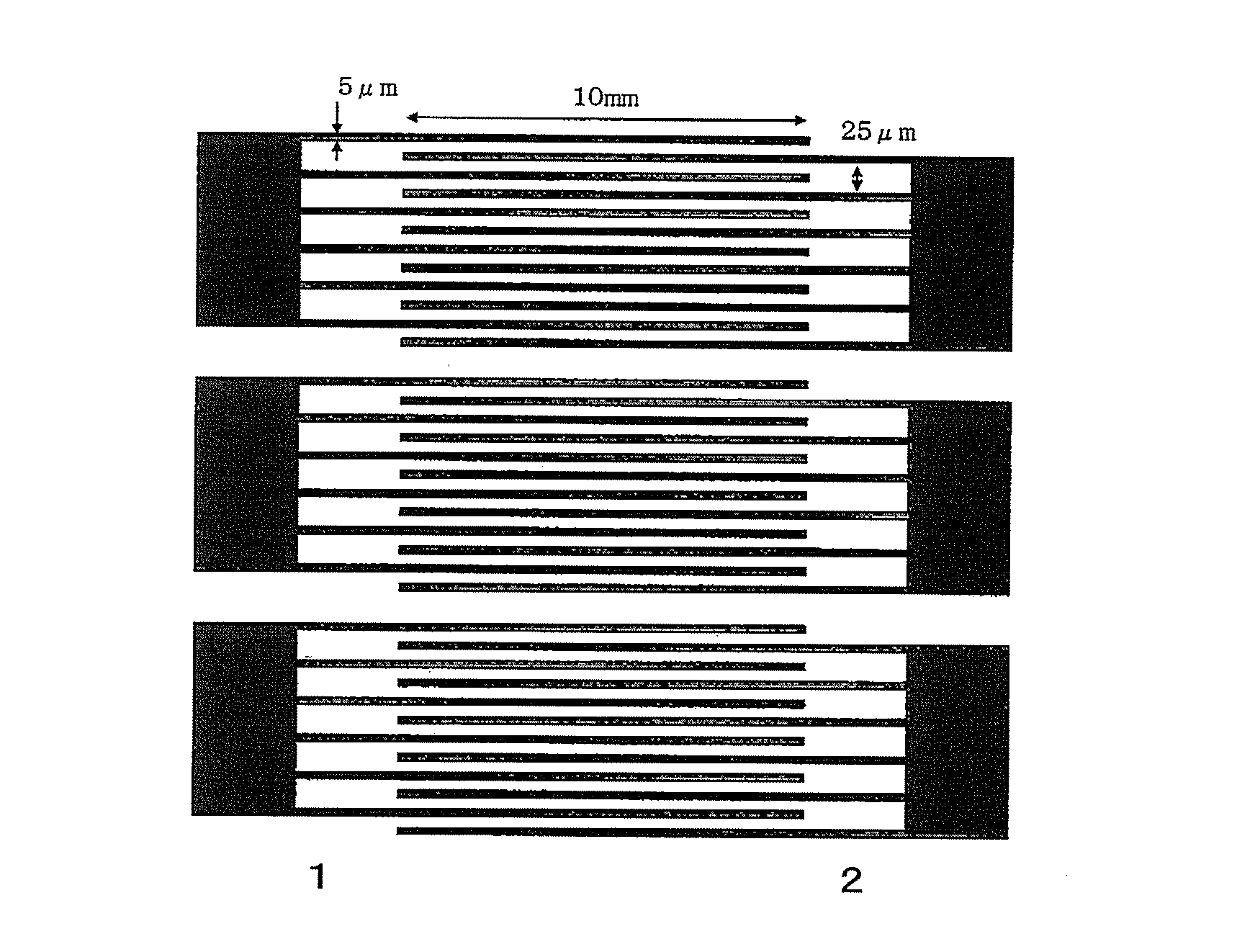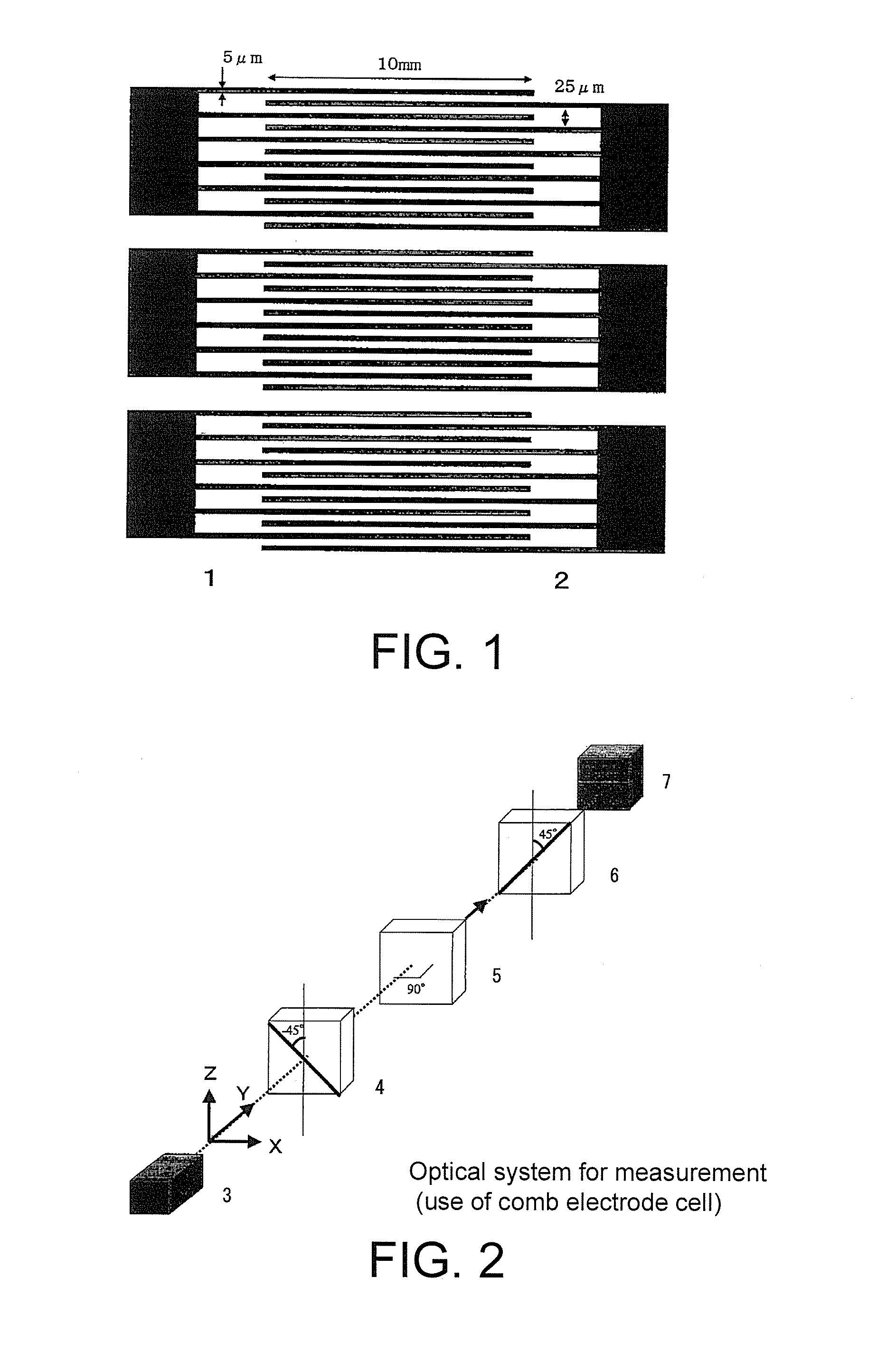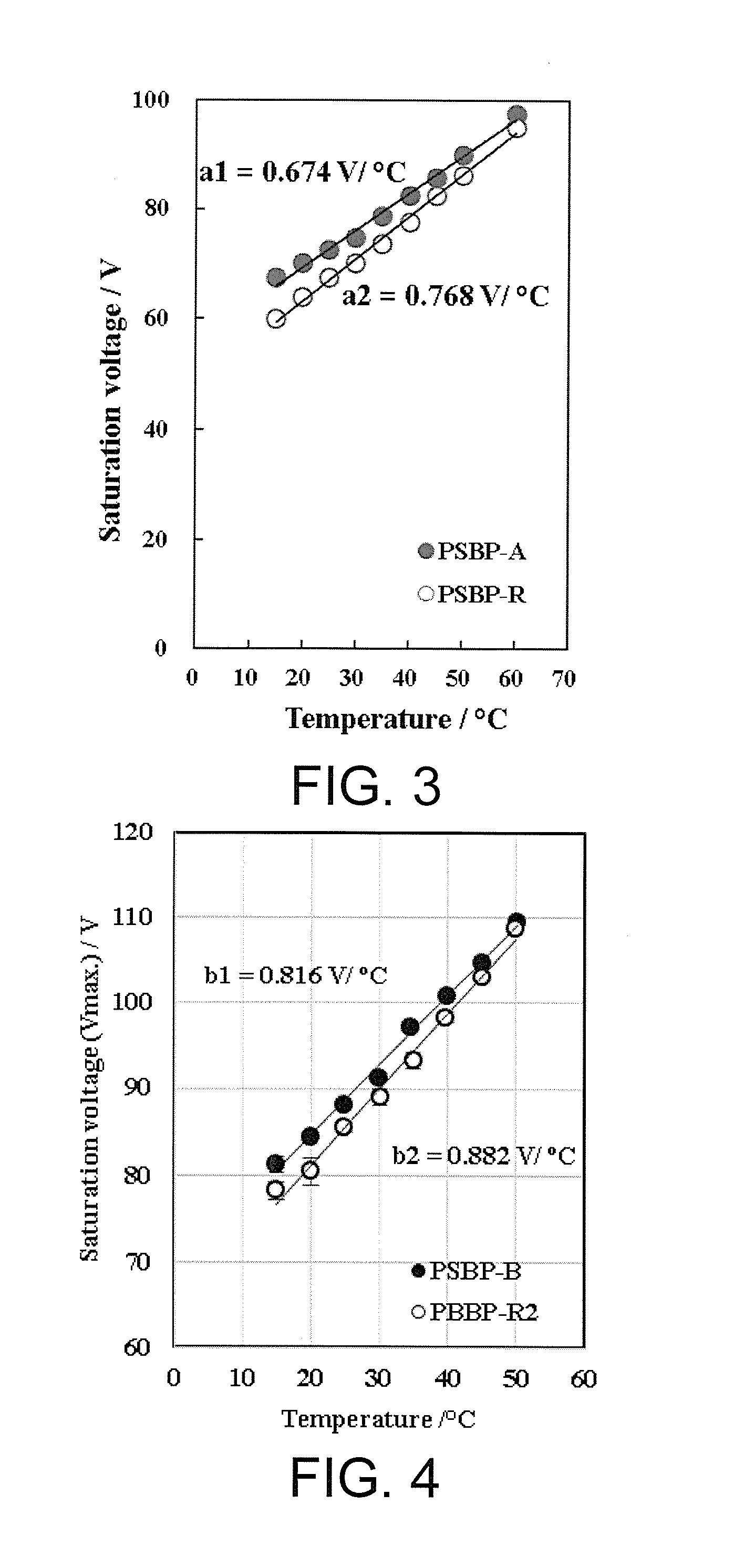Liquid crystal medium, optical device and liquid crystal compound
a technology of liquid crystal compound and optical device, which is applied in the direction of chemistry apparatus and processes, instruments, organic chemistry, etc., can solve the problem of large temperature dependence of drive voltage in a temperature range centering on an operating temperature, and achieve wide nematic phase temperature range, large dielectric anisotropy, and high clearing point
- Summary
- Abstract
- Description
- Claims
- Application Information
AI Technical Summary
Benefits of technology
Problems solved by technology
Method used
Image
Examples
example 1
[0353]Compound (1-1-1S) of the present application was prepared according to the scheme described below:
[0354](In compound (1-1-1), R1 is butyl.).
(First Step) Synthesis of Compound (103S)
[0355]Under a nitrogen flow, a mixed solution of compound (101S) (25.0 g, 131 mmol), compound (102S) (20.9 g, 132 mmol), potassium carbonate (39.8 g, 288 mmol), dichlorobis(triphenyl phosphine)palladium(II) (0.919 g, 1.31 mol), triphenylphosphine (0.685 g, 2.62 mmol), tetrabutylammonium bromide (4.22 g, 13.1 mmol), toluene (75 mL) and isopropanol (75 mL) was heated and stirred at 80° C. for 5 hours. The resulting reaction liquid was poured into water, diethyl ether (500 mL) was added thereto, and washed three times with water, and then an organic phase was concentrated under reduced pressure. Heptane was added to a residue and the resulting solution was stirred, cooled to 0° C. and subjected to filtration, and a crystal obtained through filtration was taken out to obtain compound (103S) (14.8 g, 56....
example 2
[0365]Compound (1-5-1S) of the present application was prepared according to the scheme described below.
[0366](In compound (1-5-1), R1 is butyl.).
Compound (1-5-1S) (3.50 g, 5.97 mmol) was obtained according to a scheme completely similar to the scheme in Example 1 except that compound (101S) and (104S) in Example 1 were used as starting materials, and compound (112S) was used in place of compound (102S). A phase transition temperature (° C.) of the compound was C 43.6 N 83.2 I.
[0367]1H-NMR (CDCl3): δ (ppm) 0.938-0.968 (3H, t), 1.35-1.42 (2H, m), 1.60-1.67 (2H, m), 2.65-2.68 (2H, t), 7.01-7.03 (1H, dd), 7.06-7.08 (1H, dd), 7.18-7.23 (4H, m), 7.32-7.35 (3H, m), 7.39-7.46 (3H, m), 7.66-7.70 (1H, dd).
[0368]19F-NMR (CDCl3): δ (ppm) −61.51-−61.68 (2F, t), −61.77-−61.79 (3F, d), −111.31-−111.44 (2F, dt), −114.58-−114.71 (2F, m), −118.31-−118.36 (1F, dd).
example 3
[0369]Compound (1-9-1S) of the present application was prepared according to the scheme described below.
[0370](In compound (1-9-1), R1 is propyl.).
[0371]Compound (1-9-1S) (6.30 g, 10.7 mmol) was obtained according to a scheme completely similar to the scheme in Example 1 except that compound (101S) and (104S) in Example 1 were used as starting materials, compound (122S) was used in place of compound (102S), and compound (124S) was used in place of compound (104S). A phase transition temperature (° C.) of the compound was C 49.6 N 116.9 I.
[0372]1H-NMR (CDCl3): δ (ppm) 0.962-0.991 (3H, t), 1.66-1.71 (2H, m), 2.62-2.66 (2H, t), 7.01-7.03 (1H, dd), 7.06-7.08 (1H, dd), 7.17-7.23 (4H, m), 7.31-7.43 (5H, m).
[0373]19F-NMR (CDCl3): δ (ppm) −59.19-−59.20 (3F, d), −61.50-−61.61 (2F, t), −111.31-−111.44 (2F, dt), −114.92-−114.96 (1F, dd), −118.34-−118.38 (1F, dd), −128.89-−128.96 (1F, m).
PUM
| Property | Measurement | Unit |
|---|---|---|
| Temperature | aaaaa | aaaaa |
| Temperature | aaaaa | aaaaa |
| Percent by mass | aaaaa | aaaaa |
Abstract
Description
Claims
Application Information
 Login to View More
Login to View More - R&D
- Intellectual Property
- Life Sciences
- Materials
- Tech Scout
- Unparalleled Data Quality
- Higher Quality Content
- 60% Fewer Hallucinations
Browse by: Latest US Patents, China's latest patents, Technical Efficacy Thesaurus, Application Domain, Technology Topic, Popular Technical Reports.
© 2025 PatSnap. All rights reserved.Legal|Privacy policy|Modern Slavery Act Transparency Statement|Sitemap|About US| Contact US: help@patsnap.com



